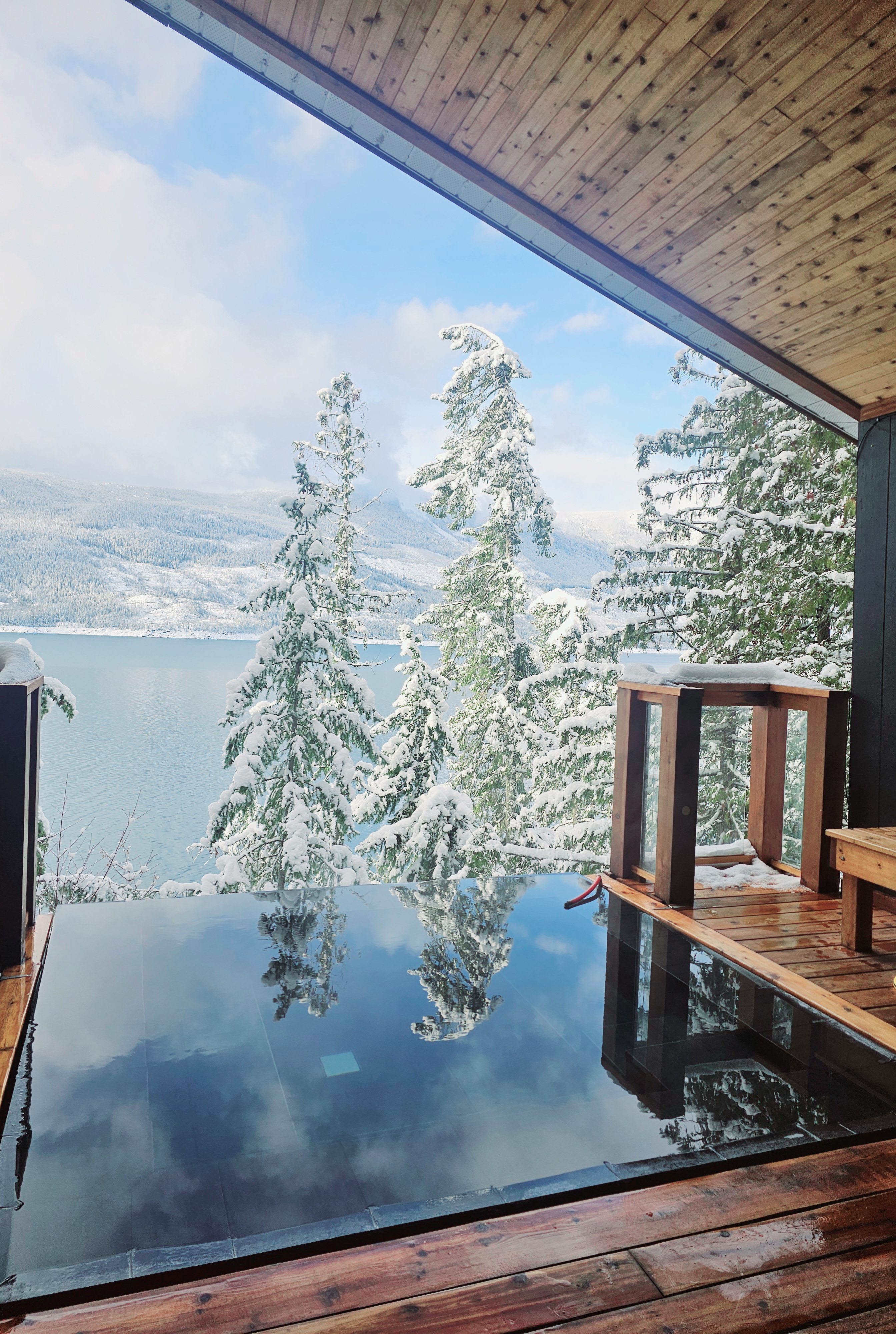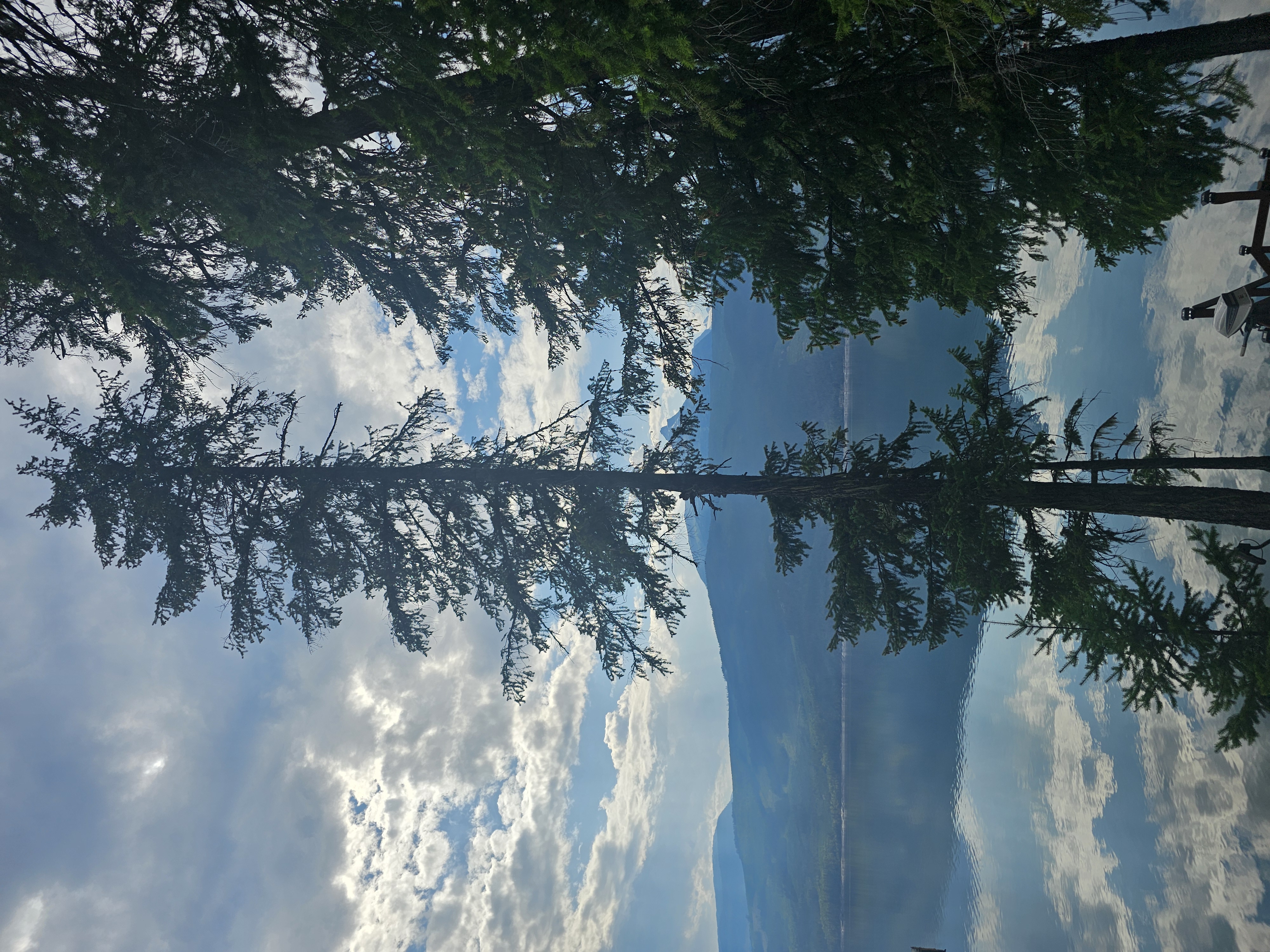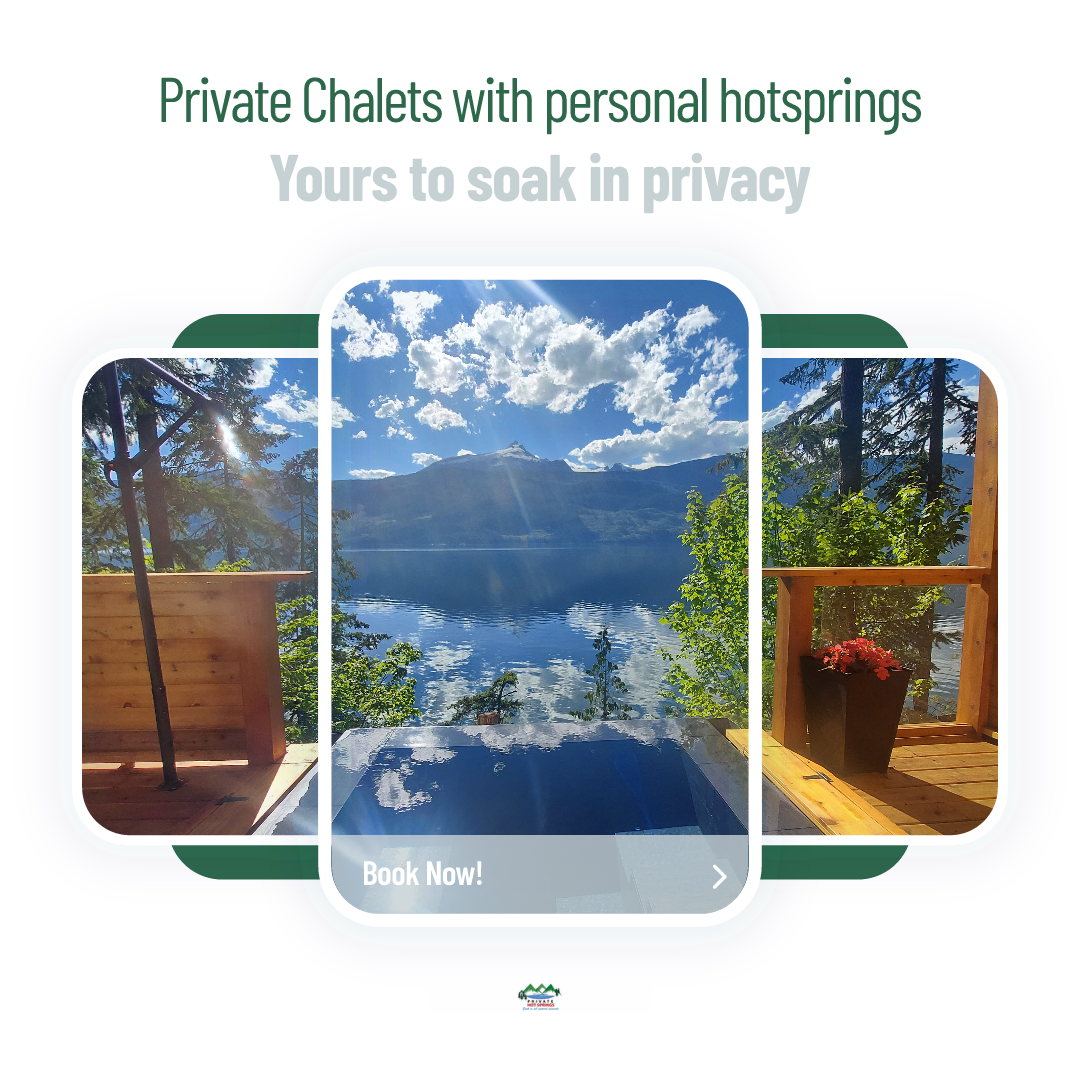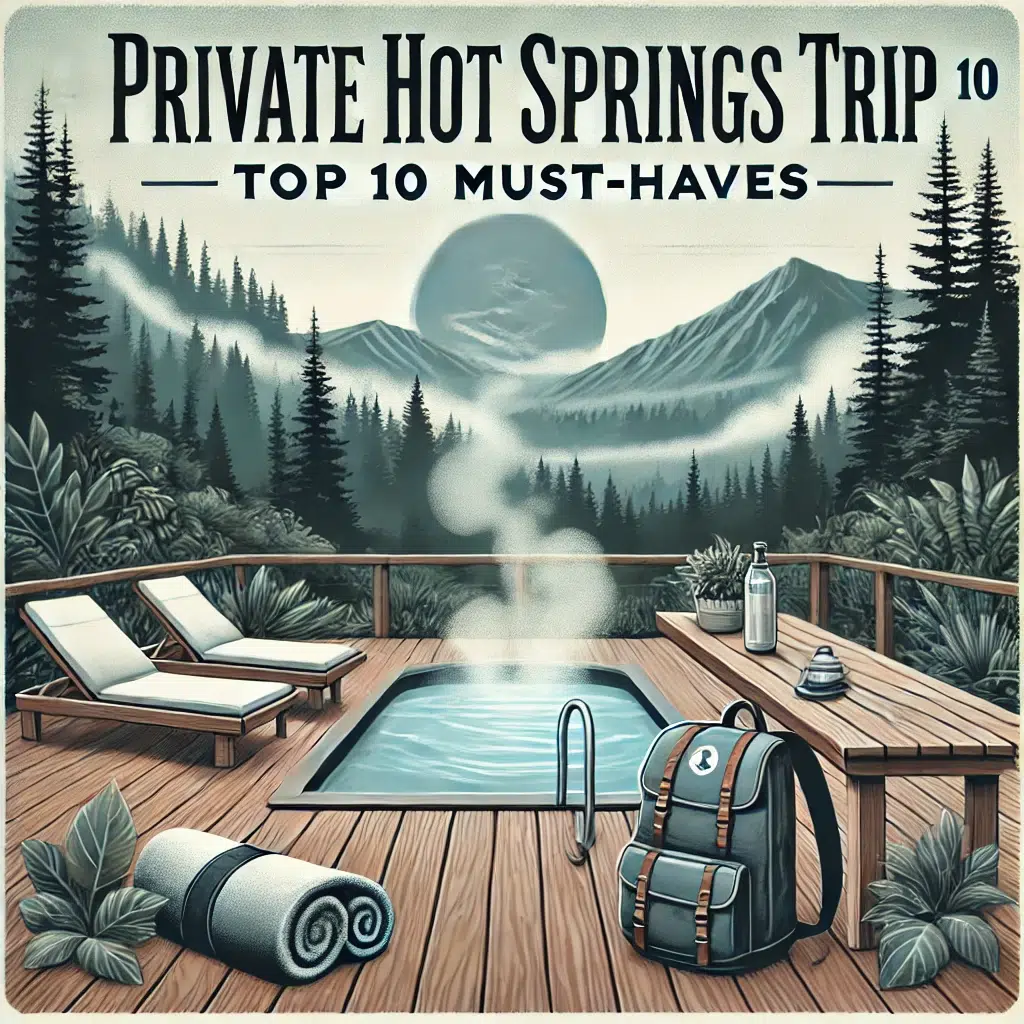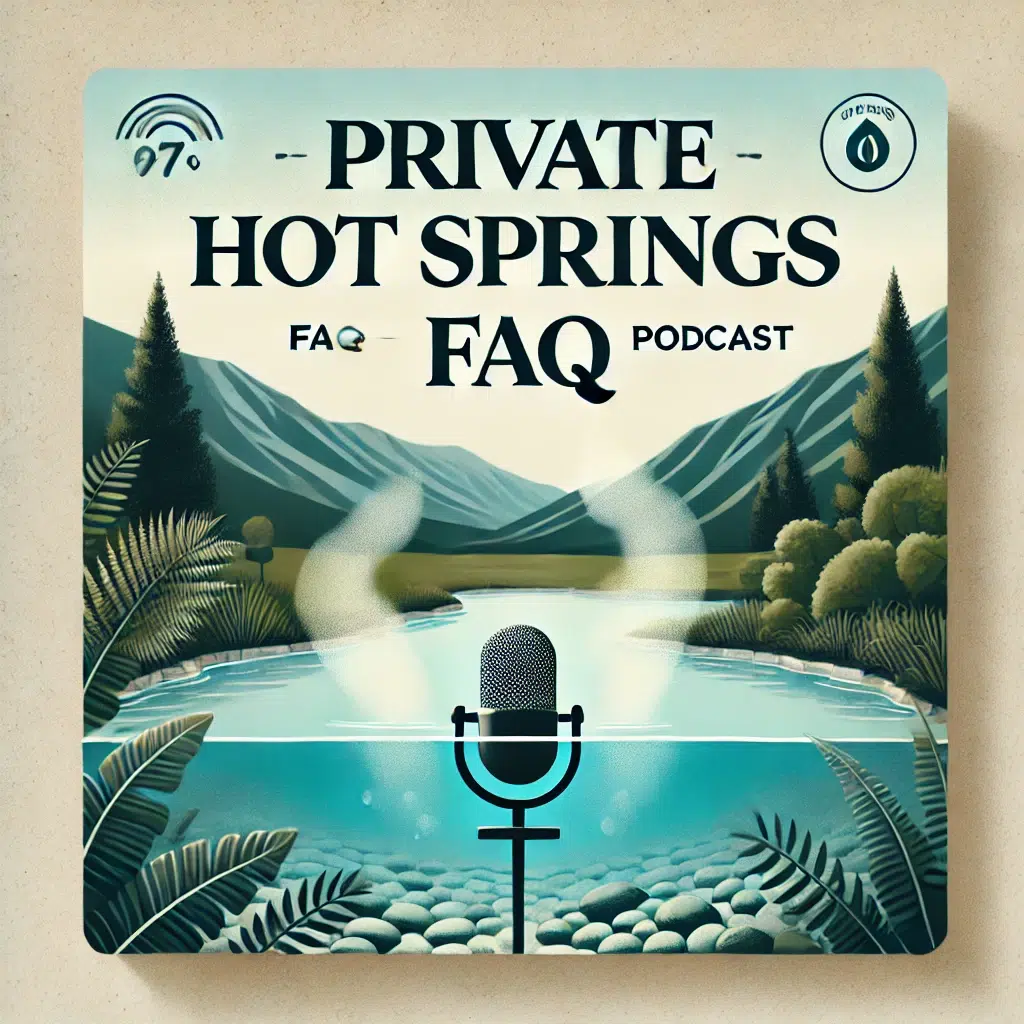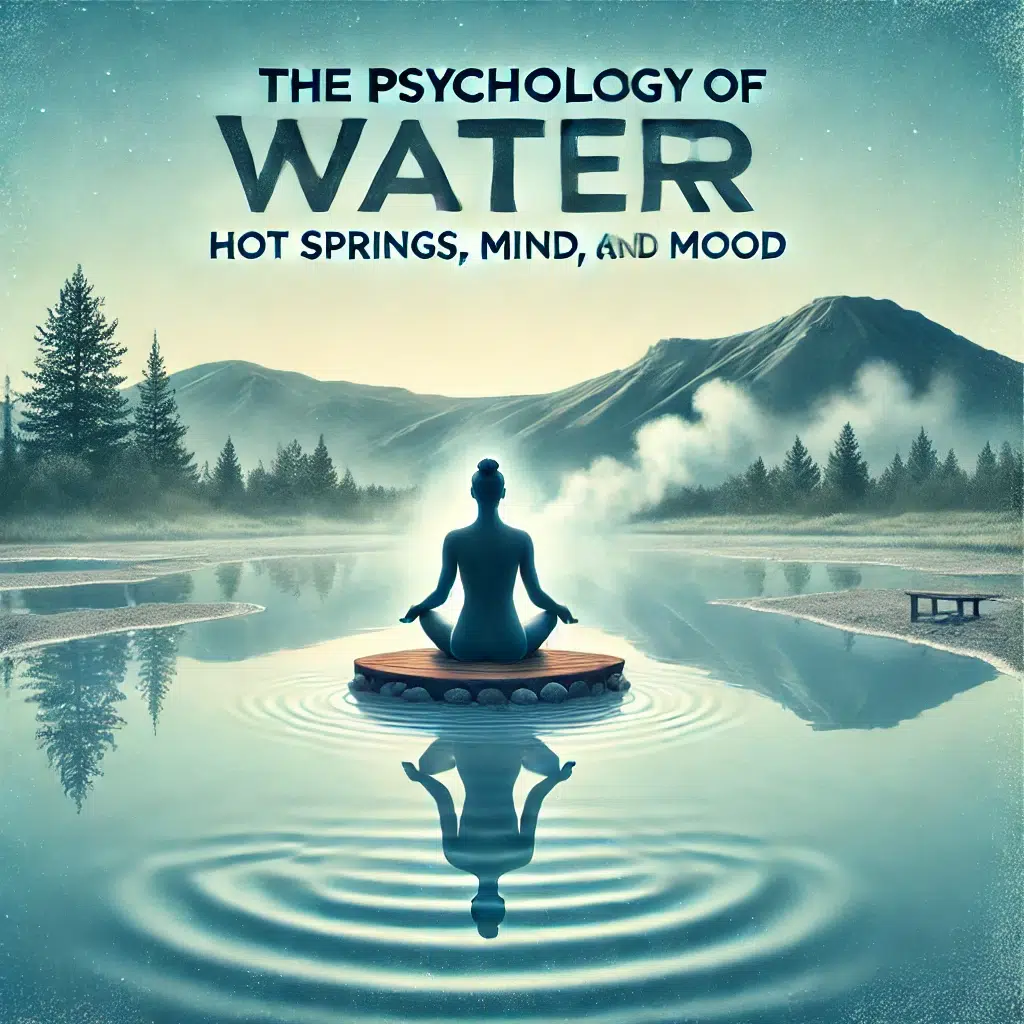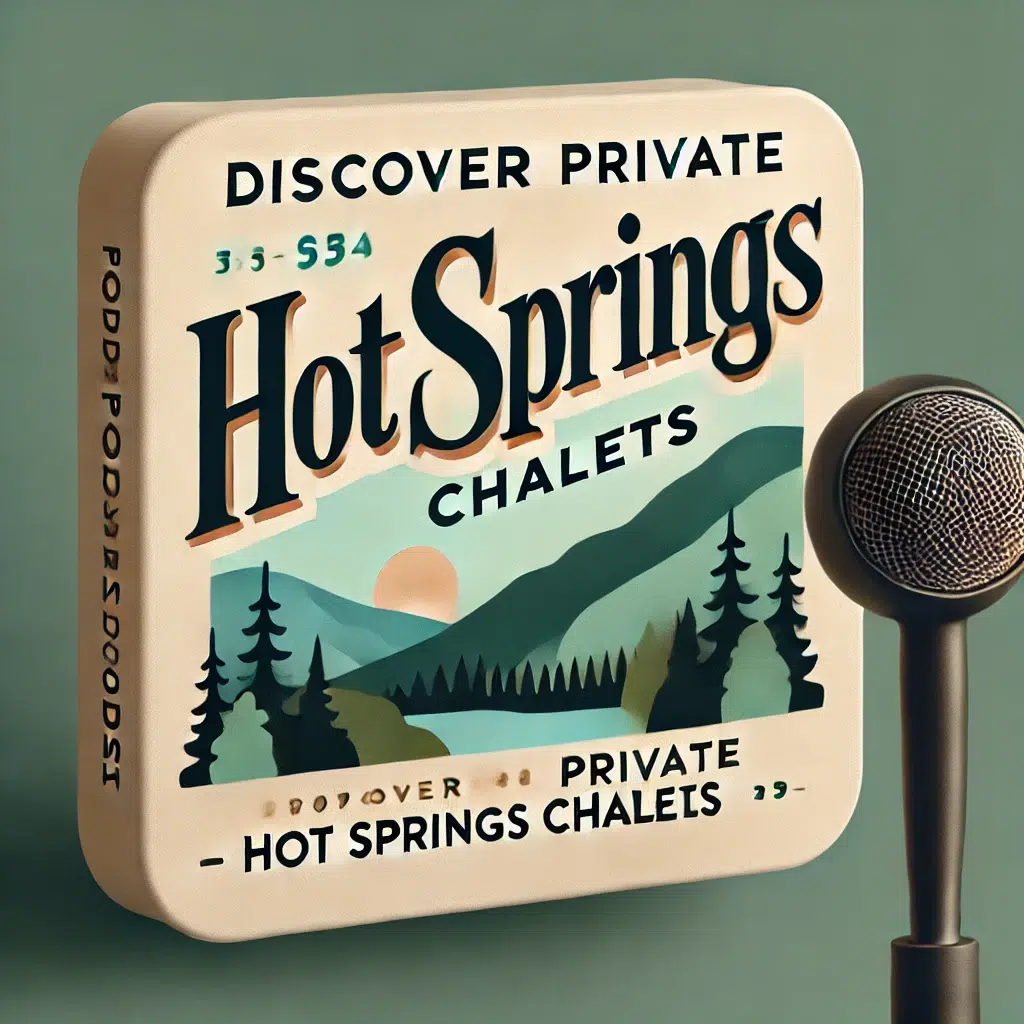Science Shows How Technology Breaks Transform Health
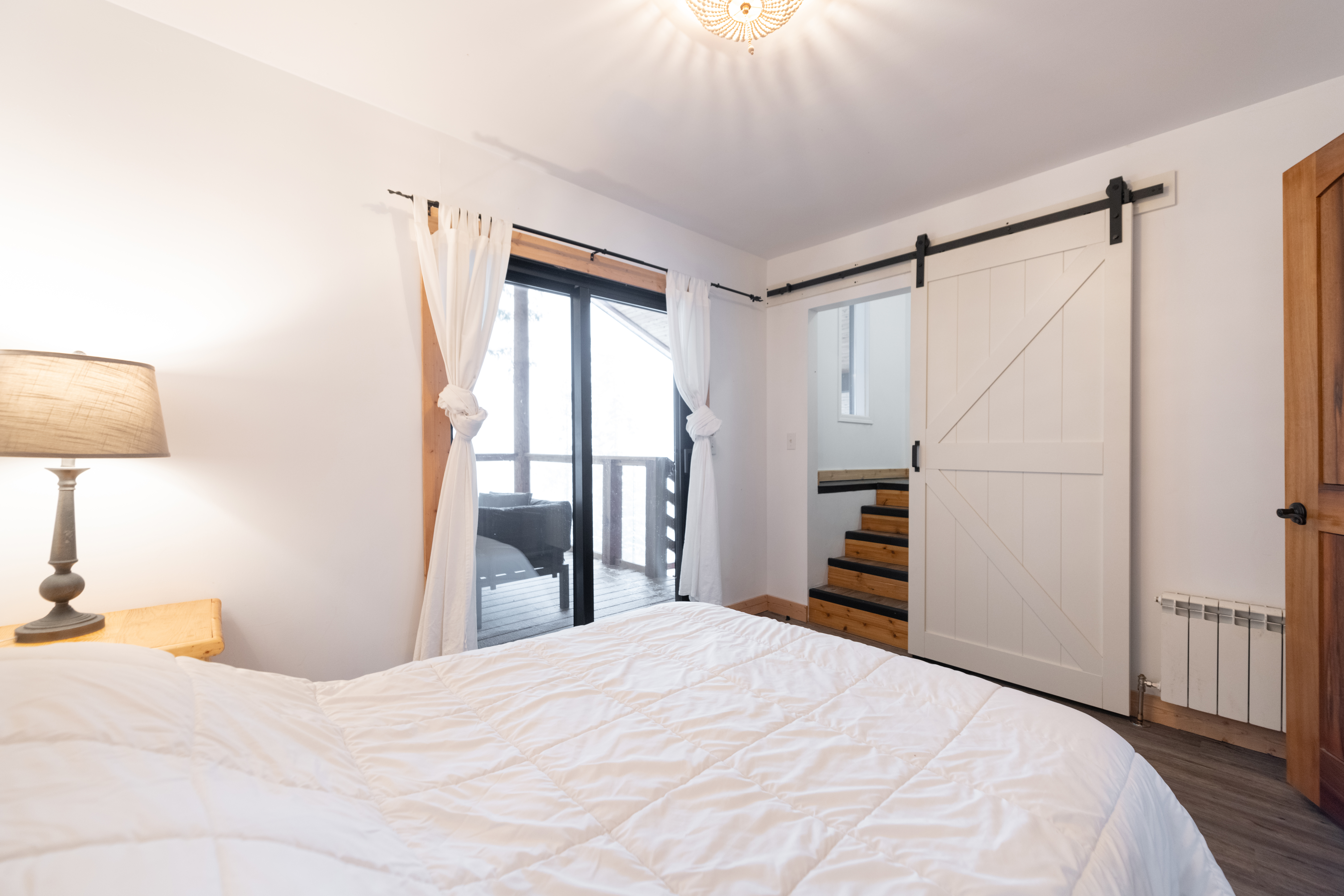
Photo: Private Hotsprings Escape Cottage upper bedroom
The average American spends over seven hours daily staring at screens. That’s nearly half our waking hours bathed in the glow of digital devices. As our lives become increasingly tethered to technology, research reveals concerning patterns about how constant connectivity impacts our wellbeing. The good news? Science demonstrates that strategic breaks from technology offer profound benefits for both mind and body.
While technology enhances our lives in countless ways, mounting evidence suggests that periodic digital detox isn’t just helpful—it’s essential for optimal health. Let’s examine what researchers have uncovered about the transformative power of unplugging.
Reclaiming Restorative Sleep
Your smartphone might be sabotaging your sleep without you realizing it. Digital devices emit blue light that suppresses melatonin production—the hormone regulating your sleep-wake cycle. A study published in the Journal of Applied Physiology found that evening screen exposure delayed melatonin release by about 90 minutes compared to control groups.
Beyond blue light, the constant stream of notifications keeps your brain in an aroused state. When you check your phone right before bed, you’re signaling to your brain that you need to remain alert rather than prepare for restorative sleep.
Research from Harvard Medical School demonstrates that participants who avoided screens for two hours before bedtime fell asleep faster and experienced better sleep quality. Their mornings showed improved alertness and energy levels compared to those who used devices until bedtime.
Reversing Cognitive Fatigue
Your brain wasn’t designed for constant switching between tasks and stimuli. This reality collides with our notification-filled digital existence.
Attention Restoration Theory, developed by environmental psychologists Rachel and Stephen Kaplan, suggests that prolonged focus on screens depletes our directed attention resources. When these resources diminish, we experience difficulty concentrating, increased irritability, and impaired decision-making.
Studies from the University of Michigan reveal that even brief nature walks without digital devices improve memory performance by 20%. Participants who took 50-minute walks in natural settings without phones showed significant improvements in cognitive performance compared to those who walked in urban environments while using technology.
Lowering Stress Hormone Production
Each notification trigger creates a small stress response in your body. While individual instances seem insignificant, researchers at the University of California found that people who receive frequent notifications throughout the day maintain consistently elevated cortisol levels.
Chronically elevated cortisol contributes to inflammation, weakened immunity, weight gain, and increased risk of chronic diseases. When participants in a 2018 study restricted notification access to three designated times daily, their salivary cortisol measurements decreased by an average of 27% after just one week.
Technology breaks literally reset your stress physiology.
Enhancing Real Social Connections
Despite social media promising connection, research from Stanford University found an inverse relationship between time spent on social platforms and reported feelings of meaningful social connection.
Face-to-face interactions trigger neural synchronization between individuals—a phenomenon not replicated through digital communication. This synchronization releases oxytocin and other prosocial neurochemicals that strengthen bonds and create feelings of trust and empathy.
A two-week study from the University of British Columbia demonstrated that participants who limited social media use to 30 minutes daily reported significantly lower loneliness and depression scores compared to those with unrestricted usage. The effect was most pronounced among participants who used their freed-up time for in-person social activities.
Stimulating Creativity and Problem-Solving
Constant information consumption leaves little room for your brain to process and generate original thoughts. Researchers from the University of California found that people generate their most creative ideas during periods of mental wandering—precisely the state that constant technology use prevents.
When your brain isn’t occupied with responding to external stimuli, it activates the Default Mode Network—a critical brain circuit for connecting disparate ideas, self-reflection, and creative insight. Technology breaks allow this network to function optimally.
Studies examining creativity among professionals show that those who schedule regular “digital sabbaticals” report 34% higher creative output and solution-finding ability than their always-connected peers.
Implementing Strategic Technology Breaks
You don’t need to abandon technology entirely to experience these benefits. Research suggests that even modest interventions make meaningful differences:
• Create technology-free zones in your home, particularly bedrooms
• Establish a digital curfew at least one hour before bedtime
• Take short nature breaks without devices throughout your workday
• Practice batch processing notifications rather than responding immediately
• Schedule regular longer breaks—like technology-free weekends once monthly
The science is clear: your brain and body require regular respite from digital stimulation. As technology becomes increasingly embedded in our lives, intentional unplugging isn’t merely a wellness trend—it’s a physiological necessity for maintaining optimal cognitive function, emotional wellbeing, and physical health.
The most powerful technology you possess isn’t your smartphone or laptop—it’s your brain. Giving it regular breaks from digital stimulation might be the most important wellness practice you can adopt in our hyper-connected world.
Are you ready for a wellness break? www.privatehotsprings.com & www.kootenayhotsprings.com


